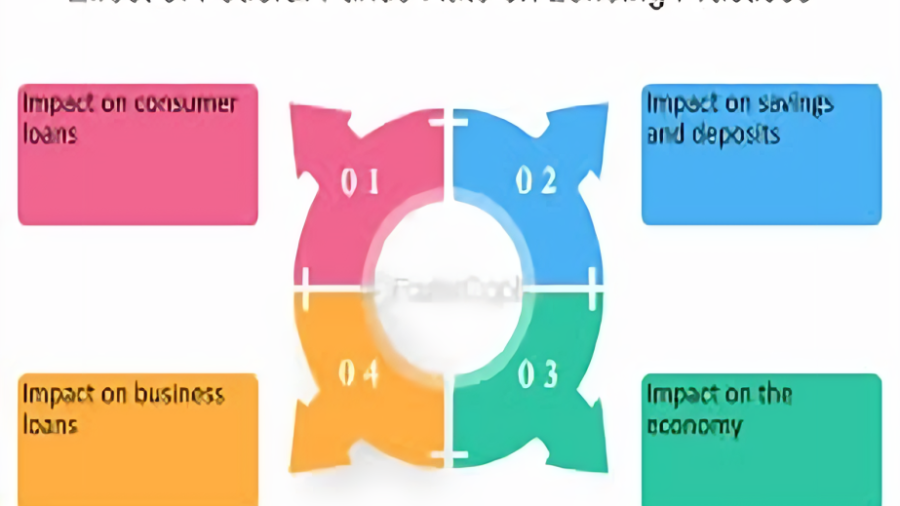The Federal Funds Rate, a critical component of the United States monetary policy, goes beyond its direct impact on banks. Its influence permeates various consumer products, including credit cards, student loans, and mortgages. To navigate these financial intricacies, understanding the Federal Funds Rate, its determinants, and the consequences of rate adjustments is paramount.
Federal Funds Rate: An Overview
The Fed rate, commonly known as the Federal Funds Rate, signifies the interest rate at which U.S. banks participate in overnight borrowing or lending transactions among themselves. Acting as a fundamental factor, it plays a pivotal role in determining interest rates for various consumer financial products. Keep in mind that the rate is not fixed; instead, it undergoes periodic adjustments orchestrated by the Federal Open Market Committee (FOMC), with the underlying principle of “money first” influencing these decisions.
The Role of the Federal Open Market Committee (FOMC)
The FOMC, a key body within the Federal Reserve, assumes the responsibility of setting the target range for the Federal Funds Rate. Through deliberations at its eight annual meetings, the FOMC establishes a target rate range and aligns the actual Fed rate with this target. This committee’s decisions have far-reaching implications for the broader economy and consumers.
Current Fed Interest Rate: 5.25% to 5.5%
As of the latest information from the FOMC, the current Federal Funds Rate ranges from 5.25% to 5.5%. This rate was set in late July, with the committee maintaining this level in its most recent meeting in December. The decision to leave the rate unchanged followed a series of gradual increases since March 2022, during the post-pandemic period.
Fed Rate Hikes and Their Implications
Fed rate hikes are strategic moves by the Federal Reserve to combat inflationary pressures. When the Fed raises interest rates, it directly impacts the costs associated with interbank borrowing. However, the repercussions extend beyond banking dynamics. Higher Fed rates prompt banks to elevate interest rates on various consumer products, such as credit cards and mortgages. This, in turn, affects the overall cost of credit for consumers.
The rationale behind this approach is to reduce the general demand for goods and services by making credit more expensive. By curbing demand, the Fed aims to alleviate inflationary pressures.
Mechanism of Fed Rate Increases
Understanding how the Federal Reserve raises interest rates sheds light on the broader economic dynamics. The Federal Open Market Committee orchestrates rate changes, both increases and decreases, in alignment with its monetary policy objectives. The impact of these changes is not confined to the federal funds rate alone; it reverberates through interconnected financial systems.
When the FOMC raises the federal funds rate, it becomes costlier for banks to borrow money. Consequently, consumers face higher interest rates on various financial products, including credit cards, car loans, student loans, and mortgages. The broader implication is a potential dampening effect on consumer spending, contributing to the Federal Reserve’s efforts to manage inflation.
The Federal Reserve Board: Guardians of Monetary Policy
The Federal Reserve Board serves as the overarching entity governing the entire Federal Reserve System. Comprising the 12 Federal Reserve Banks, the Board of Governors, and the Federal Open Market Committee, steer the nation’s monetary policy.
The Federal Reserve Board is entrusted with realizing three primary Congressional mandates: maintaining maximum employment, ensuring stable prices for goods and services, and fostering moderate interest rates nationwide.
In conclusion, demystifying the Federal Funds Rate involves comprehending its role, the entities responsible for its determination, and the intricate mechanisms that connect it to various aspects of the economy. As consumers navigate the landscape of financial products, staying informed about the Federal Reserve’s decisions and their implications is necessary for sound financial decisions.
